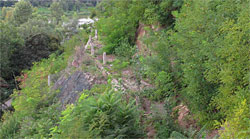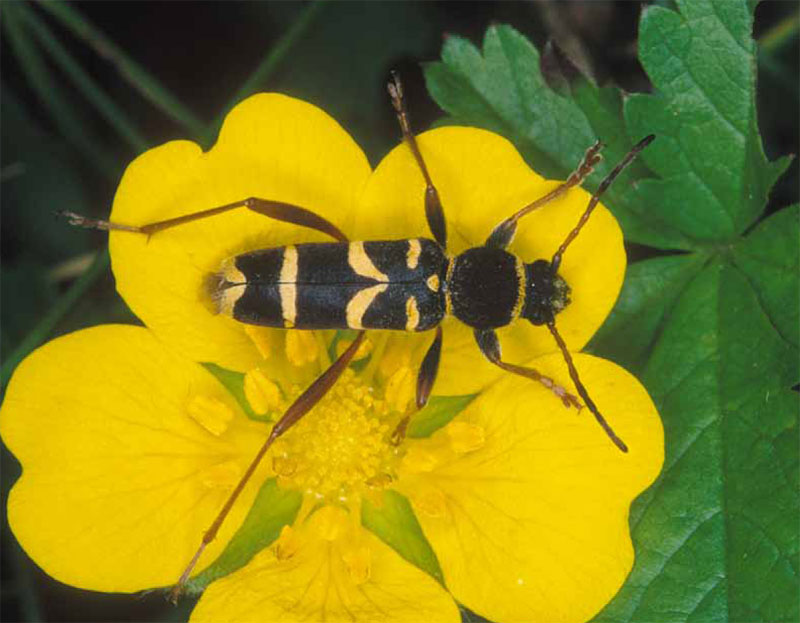Zakázanka
Menu- Welcome to Zakázanka
- In search of bygone eons
- An example of a reverse fault and a crush zone
- Folds
- A fault separating two geological periods
- Iron ore
- Exposed boundary
- What is growing here (1)
- What is growing here (2)
- Little warm lovers
- Sun lovers
- Bedrock
- Fluvial sandy gravels of the vineyard terrace
- Local denizens of the air
- A window into Prague's geological past
- Iron ore on the zoo grounds
- The rock face bears silent witness
- Regeneration of the rocky steppe
Regeneration of the rocky steppe
The steep rocky slope dividing the lower and upper parts of the zoo is an area rich in natural history. However, it gradually became overgrown and ceased to provide an appropriate habitat for the rare species of plants and animals that used to live there.
Revitalization project
In 2012, as part of measures to stop the advancing rock erosion, work began on regenerating the entire slope. This work aims to revitalize the unique communities of rocky steppes, restore the original animal species, and reconstruct valuable geological features.
In order for the rocky outcrop to be an area rich in natural history once again, most of the non-native woody plants that kept the slopes shady had to be removed. That has created space for the return of the original species of the rocky steppe, species that once lived here and that cannot survive in cool and shady places.
The path known as Zakázanka
This path, which runs through the rocky outcrop, was created back in the 1930s, but in the 1980s it had to be closed, having fallen into disrepair. The current renovation will see the path reopened and offer an interesting alternative that you can take advantage of in your strolls through the zoological garden, if you would like to enjoy formerly inaccessible views of the zoo and the Prague skyline.
Sequence of measures to regenerate the rocky steppe
Blanket removal of the European black pine and the black locust tree, as these are non-native species in Europe that aggressively crowd out the indigenous flora.
Replenishment of 18 original tree and shrub species (blackthorn, hawthorn, cotoneaster and others) while ensuring that they do not cover more than one-fifth of the total zone area.
Facilitation of the natural spread of herbaceous plants and grasses from the surrounding area.
Targeted additional planting of selected areas with a mixture of the seeds of original species obtained from the immediate vicinity.
Regular maintenance of woody plants – every 3−5 years.









